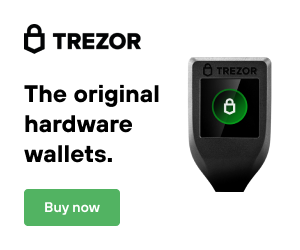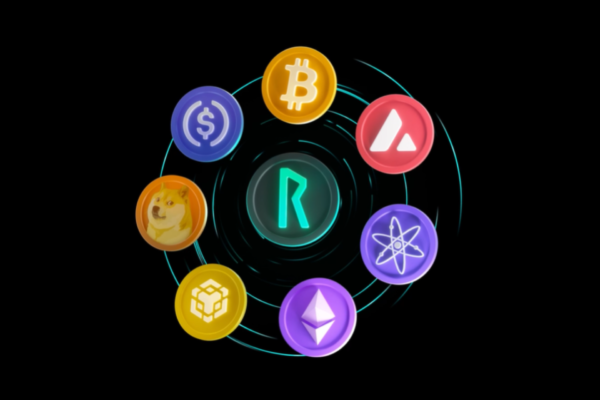Small and micro cap cryptocurrencies can cause massive losses… or enormous gains. It all depends how you play them.
In any circle of investing – stocks, crypto, etc. – everyone is after the “next big thing”. During the last year (2020-2021), many people saw incredible profits from seemingly crazy projects (Doge, for example). Everyone that was an early investor in Doge saw investments of hundreds of dollars turn into near fortunes. This is the equivalent of hitting the lottery or investing in a penny stock that makes it big.
In the cryptocurrency space, this trend is no different. Almost all of the Bitcoin millionaires purchased it very early on in its lifetime when its value was less than $1000 per BTC, (in some cases, way less!), rather than the $47,000 per BTC at the moment. Many new projects have real promise, but just as many are shams and fakes. How do you cut through the crap and find projects that over time can really become rock stars in the market?
To start – all cryptocurrencies fall into three categories. The “Big Boys” are the tokens that are always in and around the top 25 not including stablecoins (BTC, ETH, ADA, etc.). Those are safer and generally less volatile. These are the “mutual funds” of cryptocurrencies. When markets change via dips, sentiment, FUD, or similar, these tend to hold their value better.
The second category is “Alt coins”. My definition for these is all the coins that are ~$350million market cap and larger, but don’t quite fall into the category of the “Big Boys”. These projects are usually more mature, but likely newer, or they fall into a niche space. Alt coins will typically make higher percentage moves in both bull and bear markets. Their ceilings are of course limited by the entire cryptocurrency market cap – it’s not likely that even an awesome project in this category will see 100x gains because its market cap would be as large as Ethereum in that case. We use the term “Alt coins” interchangeably across the site.
The last one, and the most interesting one – Micro cap coins, or Micros. These are small market cap coins. They are the ones that if you get into them early you can see gains of 10x-1000x or more. It’s risky – because their market caps are so low, it’s easy for wealthy investors to manipulate the price. With the popularity of social media, reddit, etc., people self advertise these coins as the second coming of Bitcoin on an almost daily basis. They do so in chat rooms, message boards, in reddit groups and on twitter to convince people to buy a project. However, and this is unfortunate, because people are investing in these small projects to get rich overnight, massive amounts of people will move out of coins if they aren’t seeing explosive growth, which can kill the price of even great projects. These types of projects are really no different than how stocks are viewed.
In general, I evaluate three critical attributes when considering investing in a smaller cap project.
- Who are the developers/team members behind the project, and how much development from a marketing or information standpoint have they done?
- Are other cryptocurrencies that are important (Big boys, etc.) interested in what this project claims to do?
- What does it do differently than other similar cryptocurrencies?
The first question, to me, is the easiest one to look at. Most new projects have websites with limited functionality, uninformative whitepapers or documentation on the project, and developers that no one has ever heard of. In the cryptocurrency sector you need loud passionate voices to advocate for a project. They need to be relentless in their vision and be addressing a problem. A good example of a project like this is SPI, or Shopping.io. We invested early into SPI when it was ~$22 per coin. As the market heated up in early 2021, SPI skyrocketed to $280 per coin, for an over 12x gain. SPI cooled off during the correction back in May but is back on its positive trend again. In this case, SPI had a very unique take on e-commerce via cryptocurrency. They had a real website, a real roadmap, active developers on social media, and it was easy to see that this project had people behind it who cared. We have additional articles dedicated to Shopping.io if you’d like to learn more. It certainly won’t be the last time it’s discussed here.
These plays are almost “seasonal” – if the market is moving, these micro plays are moving, typically faster (in both directions) than the market. The savvy investor will make micro caps a small portion of their portfolio, but if you know what to look for, you can find some real gems that are going to be big, but are just new projects.
Additional projects that I’ll discuss in the next articles in this series are CWAP, RAMP, PRQ, and SFUND, to name a few. For different reasons, we think that these projects will grow to be significantly larger than their market caps are today.
In the next article, I’ll talk about the second and third metrics used for evaluating micros and how I use their volatility to my advantage during market swings. As with anything, investing carries risk. Our portfolios all contain combinations of safe, risky, and forward looking plays. To learn more about what else we are buying, please check out all of our other great content.
















